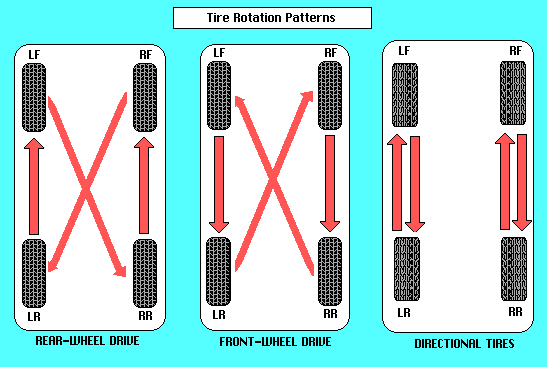Oil changes and tire rotations are the number one maintenance task to perform on your vehicle. These tasks add years of life to your vehicle’s engine and tire.
But how long should an oil change and tire rotation take? if you bring it into a shop, the tasks take about 30 minutes all together. If you do it yourself, it will take about 1 hour. The majority of time is spent on moving around the tires from hub to hub.
Oil changes and tire rotations are important because they can make a car last well beyond its life expectancy. Most vehicles you see with over 200k miles have had routine maintenance done religiously. In this article, we’ll cover the tools you need to save time, why the tasks take the amount of time they do, and the items that can possibly take more time than expected.
As a former Jiffy Lube employee, oil changes were the first task I specialized in. On a busy Saturday, we completed about 50 oil changes. Jiffy Lube is the exception in terms of time. The time saved with Jiffy Lube is why you pay so much. But as I progressed in my career, I started doing oil changes and tire rotations for a major retail chain. Since then, I’ve learned different tricks of the trade to help save time.
The tools mentioned in this section will save you time whether you do one oil change a month, or ten in a day. They will also aid in tire maintenance.They are built specifically to make the job easier, which in turn saves you time.
| Tool | Notes |
|---|---|
| ⅜ Ratchet | ⅜ is the perfect size ratchet you need to get the right amount of leverage. Preferably, a long handled ⅜ ratchet if you can. |
| ⅜ Ratchet Socket Set | The ratchet set should range from 8mm to 21mm to make sure you have the right size for your drain plug. For most cases, metric sized sockets will fit on the drain plug. |
| Oil Filter Claw | Many old-school guys are fans of the oil filter wrenches, but a claw is quicker. Just attach it to your ⅜ ratchet, and rotate the filter off. The claw fits all size oil filters because it’s self adjusting. Just attach it to your ⅜ ratchet, and rotate the filter off. The claw fits all size oil filters because it’s self adjusting. |
| Wire Brush | When you take your tires off, you should clean the hubs to avoid issues down the road. Use the wire brush to remove dust and rust from the hub. |
| ½ inch 19 to 21mm Flip Socket | Flip sockets are two sockets in one. And the 19 to 21 flip socket is able to remove the majority of lugnuts. |
| ½ inch Ratchet | You’ll need a ½ ratchet to get enough torqu to remove the lugnuts |
| Funnel | Quickly add oil with a funnel.. |
| Drain Plug Pro Magnetic Remover | This item saves a lot of hassle and clean up, increasing the speed at which you can complete the job. |
The majority of time spent for a tire rotation/oil change job is spent on the tires. If you have 4 lugnuts on each tire, you need to remove 16 lugnuts. Some mechanics like to do all the lugs at once, while others prefer doing 8, rotating the passenger side of tires, then doing another 8 and rotating the driver side.
Some mechanics like to do all the lugs at once, while others prefer doing 8, rotating the passenger side of tires, then doing another 8 and rotating the driver side.
One way really isn’t quicker than the other, it's just a matter of preference. And once you remove the lugs, you have to take the tires off, and put them in their new position.
What a lot of guys will do is start to drain the oil, and while the oil is draining, start the tire rotation process. If you really want to take care of your car, while the tires are off, peek at the brakes, and clean the hubs with a wire brush.
This negates any issues of the tire that’s being rotated in the position mating with the flat surface of the hub.
Draining the oil, in terms of time, varies from mechanic to mechanic. Some mechanics will let their oil drain for 45 minutes. Other’s let it drain for about 30 seconds. The schools of thought on this are beyond the scope of the article, but on average, the oil is done draining when almost no oil is exiting the drain.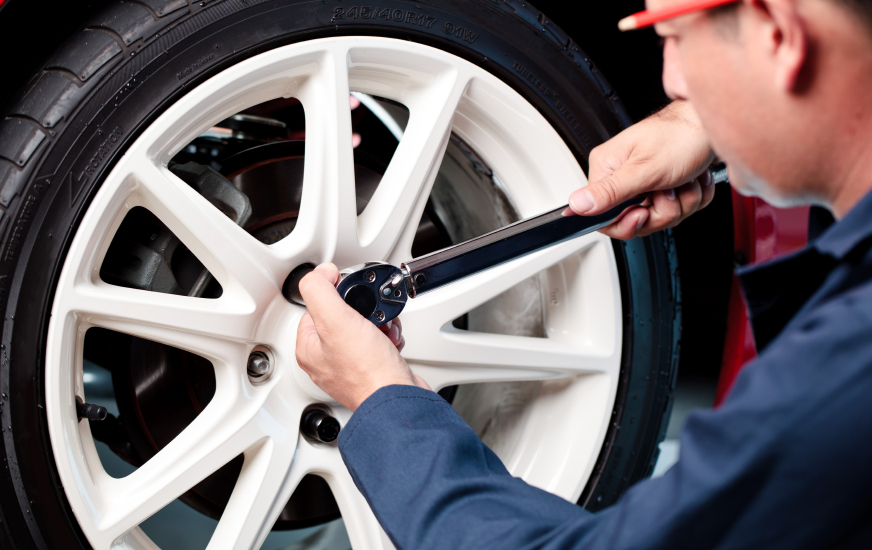
As well, the filter can take some time if it’s hidden away in the engine compartment. If the filter is easily accessible, you can expect to spend around 5 minutes removing and replacing the filter. If it’s difficult to access, expect to spend 10 - 15 minutes servicing the filter.
Adding the oil can be cumbersome without a funnel. That means you have to pour the oil into the block very slowly so you don’t get oil all over the engine bay. With a funnel, you can pour as fast as gravity lets you. Expect to spend 45 seconds with a funnel, and 5 minutes without.
The main causes of spending extra time on oil changes and tire rotations lie within German Imported cars. Expect to spend an extra hour when you change the oil on these vehicles.
There are a couple pain points when servicing these vehicles. For example, on lot’s of Mercedes Benz’s, they have a protective panel that covers the drain plug. Sometimes the panels are fastened by 15 different screws, all of which you have to remove.
And to boot, they are torx screws which can be an issue. Taking the panel down, then reinstalling it, along with all the other screws will add extra time. As well, the tires are usually mounted in a fashion that makes re-installing them difficult, since you have to screw in the tire to the hub.
Servicing the oil filter can also be a pain, since they are engineered to only be serviced at a dealership, with dealership tools. And German Imports take a lot of oil, usually around 7-8 quarts, so you’ll have to add on time to drain the oil and fill it back up.
Other issues that can arise stem from large trucks, like Ford E-350’s. They usually have around 8 lugnuts per tire. And the lugnuts are attached to a very long stud, making more opportunity for issues like broken studs. As well, the tires on large trucks are quite heavy, so it can require some physical stamina to endure the tire rotation process on large trucks.
The next time you go to a shop, and are waiting for an oil change, see how long you’ve been there.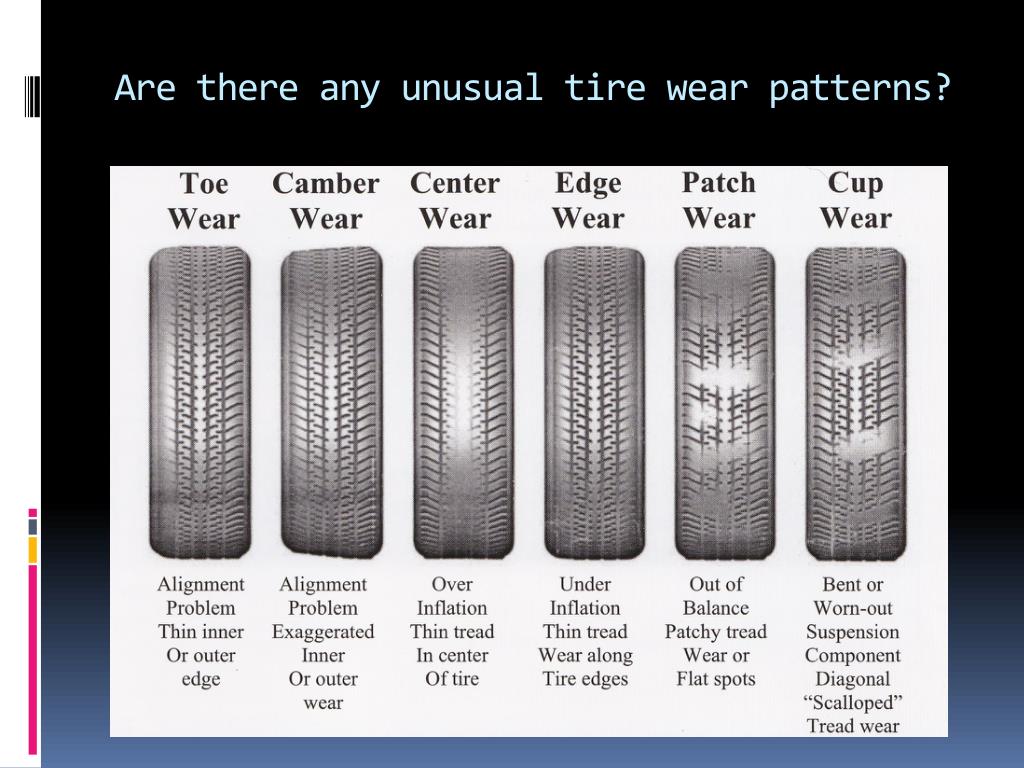 Usually you pay around .2 of an hour for a mechanic's time during an oil change. And tack on 0.3 for the tire rotation.
Usually you pay around .2 of an hour for a mechanic's time during an oil change. And tack on 0.3 for the tire rotation.
All together you’re paying for a half an hour of the mechanic's time. If you’re sitting there waiting for more than that, you can blame shop management. In my humble opinion, waiting more than an hour for an oil change and tire rotation is unacceptable. It’s one of the main reasons driver’s don’t service their vehicles regularly.
And as much as we’d love to take your money on fixing cars with issues related to poor maintenance, we’d much rather spend our time performing maintenance tasks over a long period of time.
Real quick... we've helped our readers save big on auto insurance.
If you have a few minutes, get a FREE quote comparison below.
Servicing your car regularly is important to keep it running well and to avoid larger, more expensive repairs down the road. Two of the most common services are oil changes and tire rotations.
Two of the most common services are oil changes and tire rotations.
An oil change involves the process of draining the old oil out of your car’s engine and replacing it with new oil. This typically takes about 15 to 35 minutes. A tire rotation is when you switch the position of your tires so that they wear evenly. This usually takes about 30-45 minutes.
Tire rotation is important to prolong the life of your tires. Ideally, you should rotate your tires every 6,000 to 8,000 miles. However, depending on your driving habits and type of vehicle, you may need to rotate them more or less often. The average tire rotation takes about 45 minutes.
When you take your vehicle in for a tire rotation, the technician will first need to jack it up. This allows them to take the wheels off so they can be switched out.
Once the vehicle is jacked up, the technician will rotate the tires in either a diagonal or parallel fashion.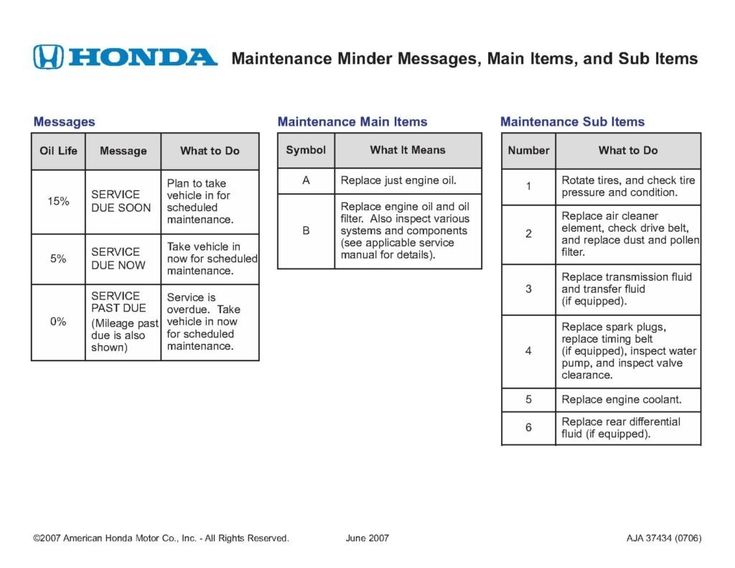
After the new tires are in place, the technician will check the pressure to ensure that they’re properly inflated. This is an important step in the tire rotation process as it helps to prevent flats and other issues.
An oil change is a routine maintenance procedure that helps keep your engine running smoothly. Depending on your vehicle, you may need to change your oil every 3000 miles. The average oil change takes about 30-45 minutes.
During an oil change, the technician will:
This old oil can then be recycled. It’s important to properly dispose of used oil because it can be harmful to the environment. This is why many service stations have oil recycling bins. It helps to keep used oil out of landfills.
A new filter will help remove any impurities from the new oil. Over time, oil filters can become clogged with dirt and debris. This can cause your engine to run less efficiently.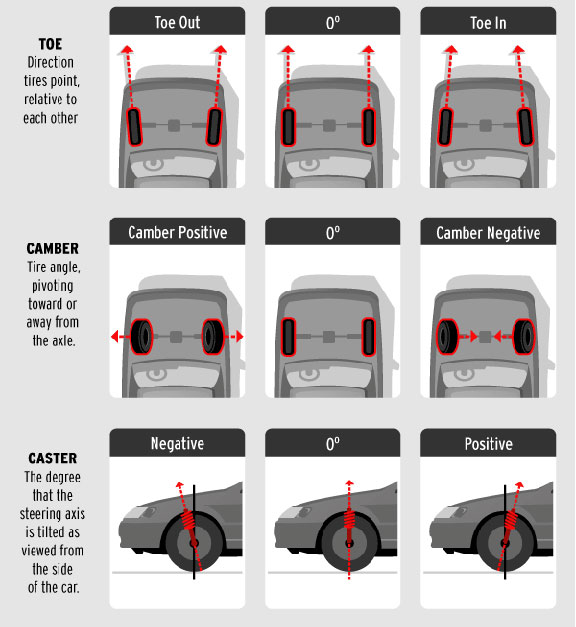
The oil helps lubricate and cool the engine. It is important to use the recommended type of oil for your vehicle. You can usually find this information in your owner’s manual.
After the oil change, the technician will check all of your vehicle’s fluids. This includes the engine coolant, brake fluid, and power steering fluid. If any of these fluids are low, the technician will top them off.
Yes, they do rotate tires with an oil change. They will also check the air pressure in your tires and let you know if they are inflated to the proper level.
The average oil change takes about 30 minutes. This includes checking all of your fluids, changing your oil, and cleaning your filter.
The average cost of an oil change is $35-$75. However, this can vary depending on the type of oil used and the location of the service.
However, this can vary depending on the type of oil used and the location of the service.
The type of oil you use will depend on your car’s make and model. You can typically find this information in your owner’s manual.
When you don’t get an oil change, your car’s engine will eventually overheat and seize up. This can cause extensive damage to your engine and will be expensive to repair.
Tire rotations typically take about 30 minutes. This involves removing each tire and switching it with another tire on the car. This helps to evenly wear down the tread on your tires.
The average cost of a tire rotation is $24-$50. However, this can vary depending on the location of the service.
Most experts recommend getting a tire rotation every 6,000 to 8,000 miles.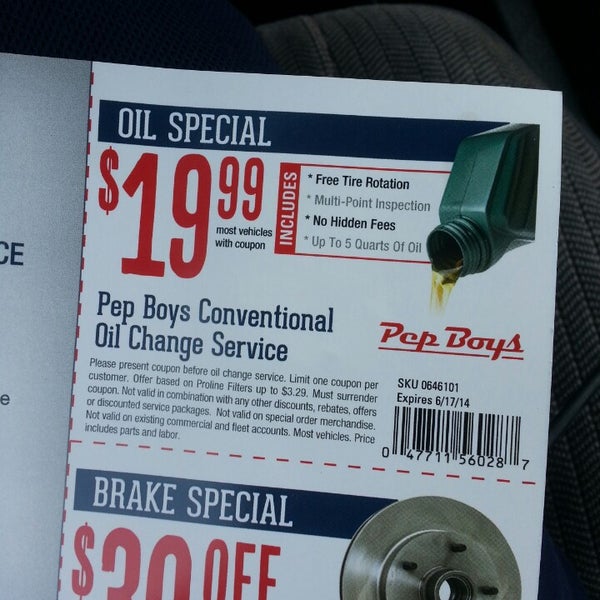 However, you should check your owner’s manual to see what is recommended for your car.
However, you should check your owner’s manual to see what is recommended for your car.
The tread on your tires will eventually become uneven. This can cause your car to vibrate and make noise when driving. It can also lead to premature wear on your tires and may cause them to fail prematurely.
Most experts recommend getting a tire rotation every six months or so. However, you should check your owner’s manual for a specific recommendation for your car.
There are three main types of tire rotations: front-to-back, cross, and X. Front-to-back rotations are the most common and involve switching the position of the front tires with the back tires.
Cross rotations involve switching the position of the left front tire with the right rear tire, and vice versa. X rotations are a bit more complex and involve crisscrossing the position of all four tires.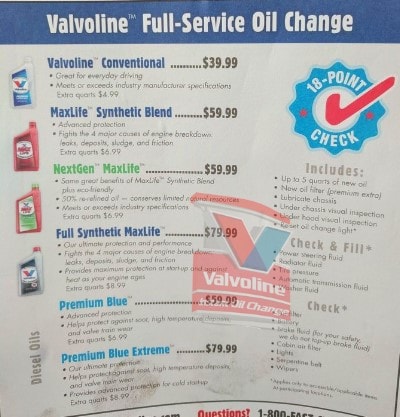
In addition to switching the position of your tires, a tire rotation also includes checking the air pressure in your tires and letting you know if they are inflated to the proper level.
One way to tell if your tires need to be rotated is to look at the tread. If the tread is wearing down unevenly, then it’s time for a tire rotation. You should also have your tires rotated if they start to vibrate or make noise when driving.
The procedure of changing the oil in your vehicle is usually completed as an oil change. This takes around 15 minutes, on average. When your tires are rotated, they are switched from one position to another to ensure that they wear evenly. This generally takes about 30-45 minutes.
Here are some other related topics for you to check out:
Do You Tip for an Oil Change?
Check Engine Light After Oil Change (Causes & Fixes)
How Much to Change Oil at Walmart in 2022?
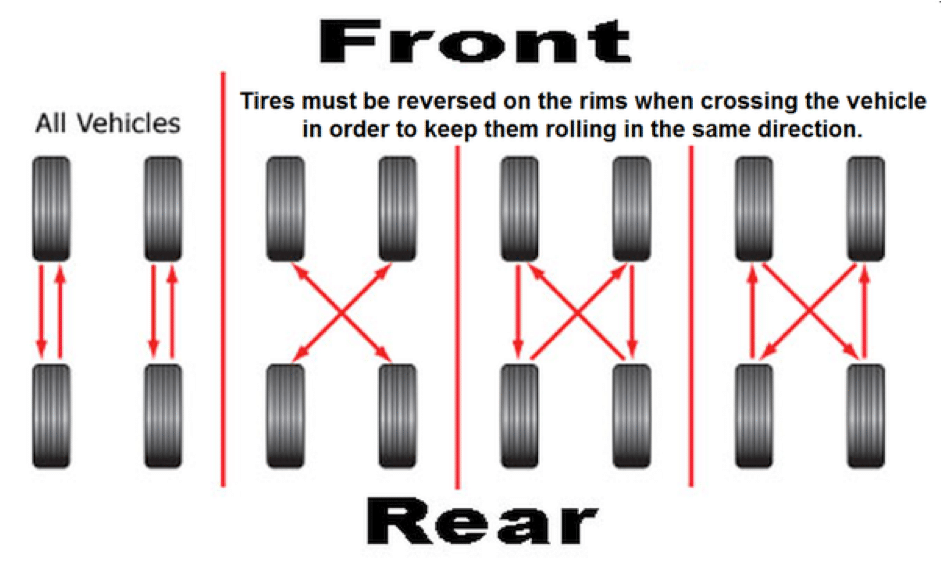 ru - tires and wheels
ru - tires and wheels Wheels must be rotated regularly, following either the instructions in the vehicle owner's manual or the rules developed by the tire industry. Proper wheel alignment helps to make the longitudinal and lateral wear of the tires more even, as well as improve ride comfort and reduce noise levels. Minimal differences in the longitudinal wear of the tire tread, which may occur after periodic wheel replacement every 5,000 - 8,000 km, do not affect the resistance to aquaplaning, and the wheels can be rearranged further. In this case, any differences in wear actually mean that repositioning should be done at shorter intervals.
Changing wheels is advantageous for several reasons. When performed as recommended, it can improve handling and traction, and reduce uneven wear.
There are warranties that are valid only if the wheels are correctly rotated. Experts recommend changing wheels every 5,000 to 8,000 km, even if there are no signs of wear. Often the shift can be done at the same time as changing the oil while the car is on a lift. This is a good time to check the tires for damage, remove stones and other foreign objects, determine the wear uniformity by measuring the tread depth and, of course, check the pressure level.
Often the shift can be done at the same time as changing the oil while the car is on a lift. This is a good time to check the tires for damage, remove stones and other foreign objects, determine the wear uniformity by measuring the tread depth and, of course, check the pressure level.
Tires on the front axle of a car are significantly different from the tires on the rear axle in terms of tasks performed. At the same time, tires on a front-wheel drive car operate in significantly different conditions than on a rear-wheel drive car. Whichever wheel the tire is mounted on, there may be different wear types and rates anyway. Therefore, it is best to have all four tires wear equally because when wear reduces tread depth, it allows all four tires to respond faster to steering inputs, maintain handling characteristics, and help improve cornering grip.
If all tires wear the same, you can buy a new set instead of buying tires in pairs. If you change the entire set, the original handling characteristics are preserved. In addition, manufacturers are constantly releasing new, improved tire models, and if you put in a new set, you can improve the car's handling, instead of looking for tires of the previous generation. Drivers who drive an average of 19 per year000 - 24,000 km, two of the three wheel changes will be carried out during the tire change before and after winter. All that remains for them to do is rearrange the wheels again in July.
In addition, manufacturers are constantly releasing new, improved tire models, and if you put in a new set, you can improve the car's handling, instead of looking for tires of the previous generation. Drivers who drive an average of 19 per year000 - 24,000 km, two of the three wheel changes will be carried out during the tire change before and after winter. All that remains for them to do is rearrange the wheels again in July.
How exactly should the wheels be changed? There are three traditional methods suitable for most vehicles (equipped with tires and rims of the same size). The second method can be used as an alternative to the first and third.
Wheel conversion scheme:
There are also two additional ways. The fourth method is suitable for cars with the same tire and wheel sizes, and the fifth for cars with different size tires on the front and rear axles.
Although many vehicles are equipped with a spare tire that is smaller than the standard tyre, if the spare wheel is the same size as the others, it must be used when changing. Follow the vehicle manufacturer's instructions, or if they are not available, always fit a spare on the right rear wheel. One of the other tires, according to the diagram, put in the trunk and use as a spare until the next swap.
Follow the vehicle manufacturer's instructions, or if they are not available, always fit a spare on the right rear wheel. One of the other tires, according to the diagram, put in the trunk and use as a spare until the next swap.
Regular wheel rotation will ensure that all five tires wear evenly throughout their life. In addition, correct repositioning is important when a puncture causes a spare wheel to be fitted and used with three partially worn tyres.
Contents
As the name suggests, in addition to the outer and inner side, the tire tread pattern has a direction.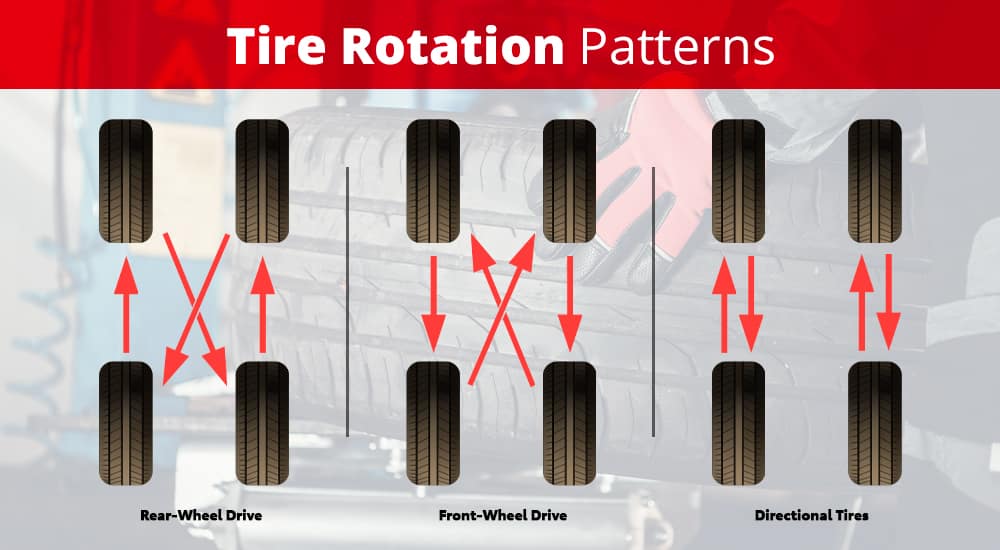 This type of tire is used only in motorsport due to the inconvenience of use, high cost and lack of tangible benefits for civilian use.
This type of tire is used only in motorsport due to the inconvenience of use, high cost and lack of tangible benefits for civilian use.
The most popular type of civil tire tread at the moment is asymmetric. For example, most models of the MICHELIN summer line have this, ranging from the economical Energy Saver to the sporty Pilot Super Sport.
When installing asymmetric tires on rims, it is necessary to align the front side of the tire with the front side of the rim: for this, the sidewalls have the inscriptions Outside and Inside (the outer and inner side of the tire) and there is no arrow for the direction of rotation.
The convenience of this type of tread lies in the fact that the complete wheels can be interchanged in any way: the outer side of the tire will in any case remain outer. In this case, it is appropriate to use any of the rotation methods. Usually, the most suitable way to rearrange the wheels is indicated in the car's operating instructions, but if there is none on hand, then you can choose one of the methods we have proposed.
All tires are divided into several types and types. During manufacture, tires are marked with a marking that indicates its main parameters and characteristics. We will not delve into the markings, but we will consider the main differences. Tires are divided into two large groups according to the way the cord is laid inside the tire during its manufacture.
These are radial tires and bias tires. Tires of these two types can be winter, summer and all-weather. Each of these three tires can have a regular or directional tread pattern. A tire with a regular pattern can be installed on either side of the car, a tire with a directional pattern is installed strictly in the direction of rotation.
It is possible to buy 4 identical tires and assemble them with rims according to the right and left sides of the car. You will get two left wheels and two right ones. Very rarely come across directional tires with an asymmetrical pattern and with an indication of the inside and outside.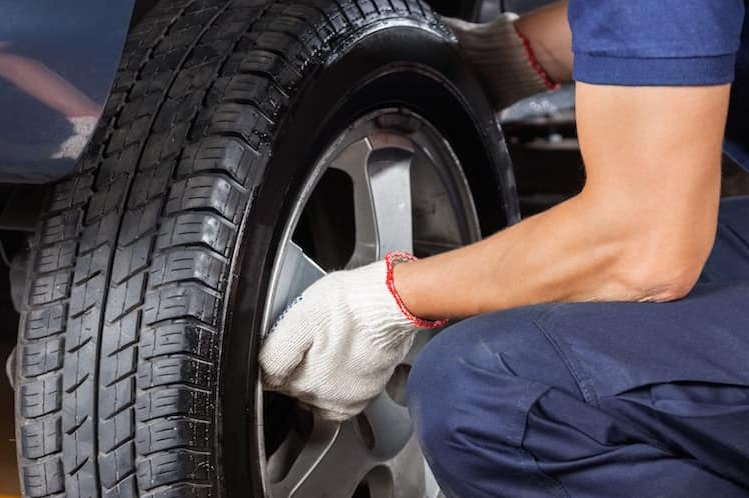
In addition to all of the above, the type of drive must be taken into account. Let's look at the options that are commonly found.
• Front wheel drive. In this case, the rear wheels are rearranged diagonally. The front tires are transferred to the rear axle on the same sides.
• Rear wheel drive. Reverse action required. The rear wheels are rearranged forward without changing sides. The front wheels move diagonally. This option will minimize tire wear.
• All wheel drive. In this case, the cross method is used, all tires are transferred diagonally.
All of the above methods are classical, not applicable in all cases.
Seasonal tire replacement is carried out every year. If it is necessary to rearrange winter tires to summer tires, all actions are performed according to the above scheme.
In order to change the wheels correctly, experienced motorists recommend making marks on the rubber before storage, indicating the previous location of the slopes.
Winter modifications are not distinguished by special requirements for the replacement sequence. So, a symmetrical studded version or Velcro must be rearranged according to the standard scheme, observing the direction of the tread.
Some customers ask if studded tires can be changed. The answer is that metal inserts do not affect the wear of the rubber itself.
It is necessary to correctly swap the slopes according to a certain scheme. The sequence of operations is different for each type of drive. There are standards common to all cars:
Radial tires are preferable for cord construction. Such tires are more reliable, they withstand heavy loads during movement, and are more stable during deformation.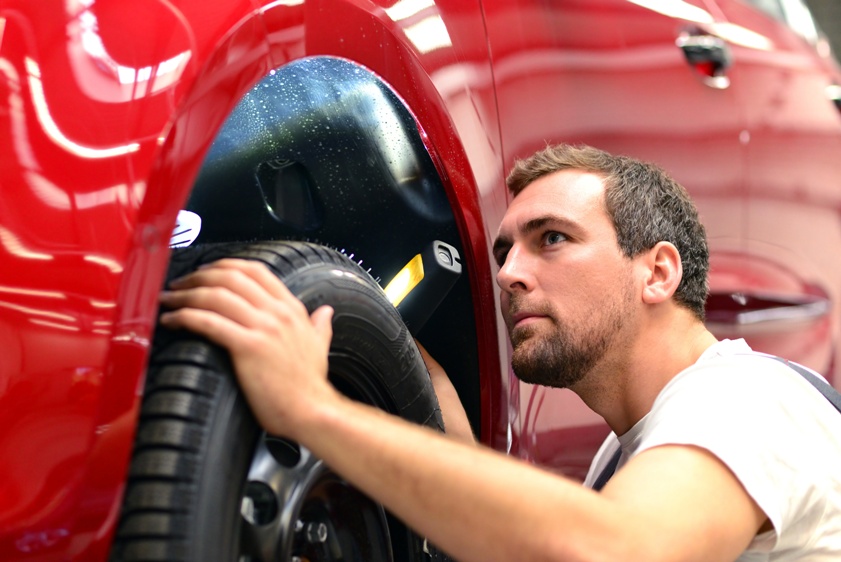 Radial tires wear longer than diagonal tires. Therefore, tires with a diagonal ply are currently practically not produced.
Radial tires wear longer than diagonal tires. Therefore, tires with a diagonal ply are currently practically not produced.
All season tires can be used in both summer and winter. Winter tires can be studded. Such tires are allowed only in a few countries, where snow often and abundantly falls in winter, frost forms on the road surface. This list also includes Russia. All-season, summer and winter tires have their own pattern characteristics that increase the car's handling.
Front or rear wheel drive vehicles can be fitted with different tire patterns. Such tires are installed in pairs on one axle, for example, tires with one pattern are in front, and with another in the back. It is forbidden to install diagonal tires on one axle and radial tires on the other. The dimension must be the same. On all-wheel drive vehicles, the same tires must be installed.
Tires with different treads and dimensions are strictly prohibited. This is due to the design of the transmission. If you operate a car with different tires, then the car's transmission will quickly fail. In addition, driving on different tires becomes dangerous, a car on a slippery road will behave unpredictably.
If you operate a car with different tires, then the car's transmission will quickly fail. In addition, driving on different tires becomes dangerous, a car on a slippery road will behave unpredictably.
Some drivers are sure that changing wheels in a passenger car is simply not necessary. Car service specialists say the opposite. Rearranging tires between each other is simply a must; it will significantly increase the life of car tires.
Let's see why this is happening, why work is needed. The wheels of a car are always at a certain angle to the road. For different wheels, the angle will be different, the load will also be different. As a result, the tread wears unevenly, with different wear points on different wheels.
When a tire is moved to a new place, the wear point shifts, as a result, the service life is increased, since the already worn place receives less stress.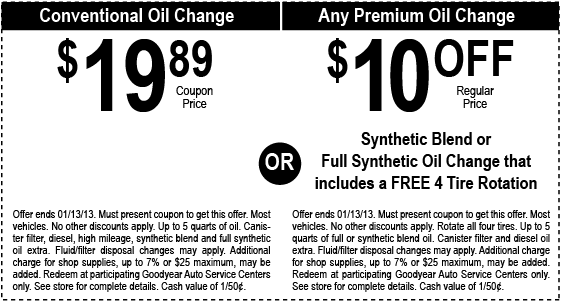 Vehicle suspension is fully designed for a similar solution to the problem of tire wear.
Vehicle suspension is fully designed for a similar solution to the problem of tire wear.
Another point to consider is the timing of the relocation. It is recommended to swap tires every 10-20 thousand kilometers. In general terms depend on features of operation. Bad roads are strongly affected, in such a case the tread wears out more seriously, on the other hand, a sporty driving style can be the cause.
The more often you change the wheels, the more evenly the tires will wear. But, since it is quite troublesome to do this too often, experts advise changing the wheels during periodic maintenance - when the car is somehow lifted onto a lift.
All car and tire manufacturers recommend changing tires while driving. What is it for? During the operation of the car, all tires wear out unevenly. This is due to several factors. Heterogeneity of the road surface, operating conditions and vehicle transmission device.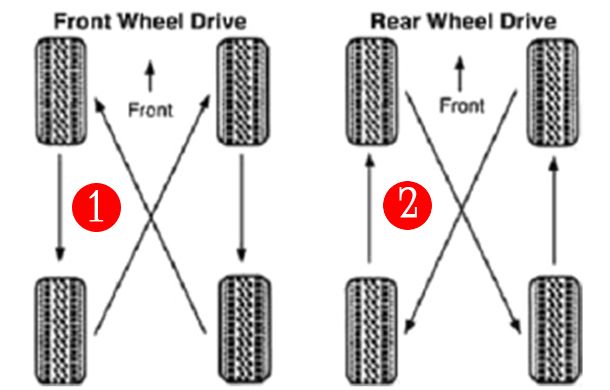 Therefore, in order to extend the life of the tires and the transmission of the car, the tires must be periodically replaced.
Therefore, in order to extend the life of the tires and the transmission of the car, the tires must be periodically replaced.
On all-wheel drive vehicles, uniform tire wear is more important. Car manufacturers recommend several tire rotation schemes. But in practice, as is often the case, it is impossible or impractical to apply such tire swap schemes. Many car owners never swap tires. Which of course is wrong.
How do you change tires and how often should you do it? The frequency is approximately 8 - 12 thousand kilometers. Therefore, tire swapping can be timed to coincide with the change of tires from summer to winter and vice versa. Winter tires can be studded. When using such tires, the spikes tilt to one side. This is due to frequent wheel slip.
Therefore, these tires must be installed in the same direction as they were before. In this case, the tires from the front axle must be put on the rear axle, and the tires from the rear axle should be put on the front axle. In order not to get confused where which wheel was, in a tire shop, the master usually puts a mark on the wheel.
In order not to get confused where which wheel was, in a tire shop, the master usually puts a mark on the wheel.
Which, of course, does not justify the expediency of rearranging the tires strictly according to the scheme. There is no point in this, the tires will wear out evenly, but the spikes will almost all fall out. If the tires are not studded, but have a directional pattern, the tires must also be rearranged, from the front axle to the rear, from the rear axle to the front, without changing the installation side on the car. If the tires do not have a direction of rotation, then it is possible to apply a more complex scheme.
In this case, the rear tires are moved to the front axle in accordance with the sides. And the front tires are placed on the rear axle, but at the same time the right wheel is placed on the left, and the left wheel is placed on the right. There is another scheme for rearranging wheels. In this scheme, a spare wheel is also involved.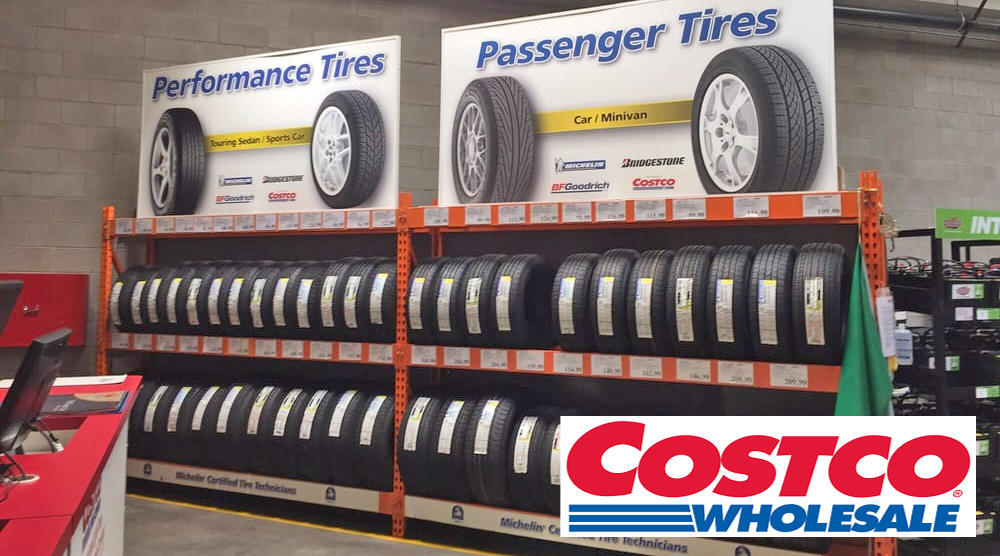
The spare must of course be identical. When using such a scheme, the tires wear out a little longer during operation. In this case, the rear tires are rearranged to the front axle without changing sides, the spare wheel is placed on the rear axle on the right, and the right front wheel is placed back on the left.
If the vehicle is fitted with all-season tyres, it is best to change the tires in the middle of the season. That is, in summer and winter, and not during periods of changing seasons. And it turns out that some wheels constantly "ride" on the snow in front, and the other pair - on asphalt in the summer on the rear axle.
The difference between the tread height of worn tires and the spare wheel adversely affects the vehicle's transmission. But you can still drive several tens of kilometers. It is advisable to drive as short a distance as possible using the spare wheel.
It happens that a car owner has two complete sets of wheels.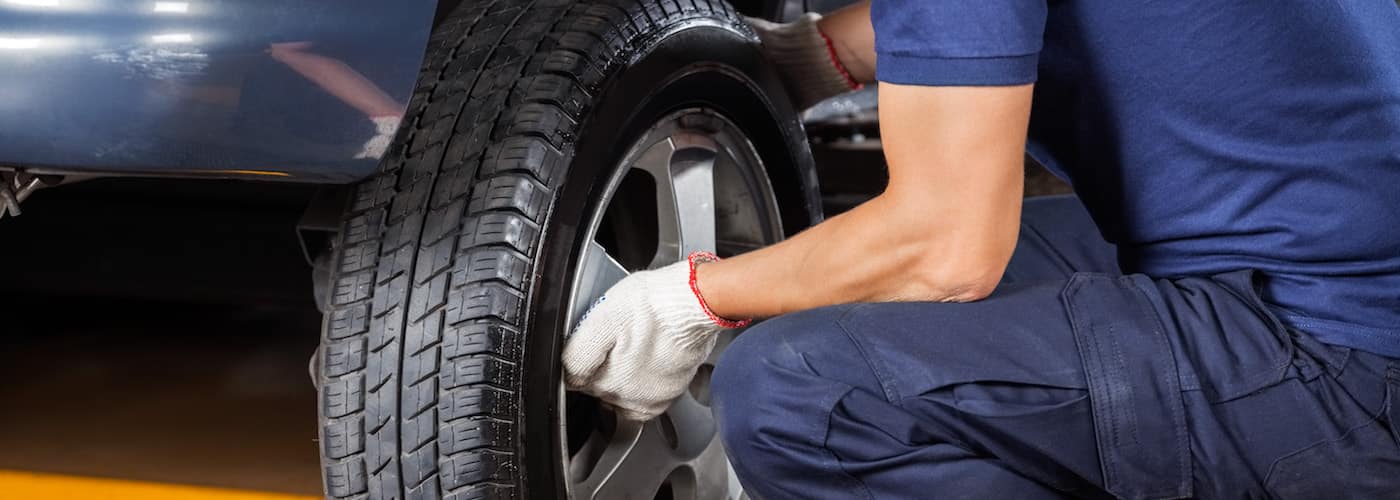 That is, when replacing tires, you do not need to constantly bead tires. You just need to change the wheels, for example, from winter to summer. Before changing wheels, they must be balanced. Which will also increase their service life, as well as the service life of the car suspension.
That is, when replacing tires, you do not need to constantly bead tires. You just need to change the wheels, for example, from winter to summer. Before changing wheels, they must be balanced. Which will also increase their service life, as well as the service life of the car suspension.
Many car owners balance their wheels only when they change tires for new ones and then drive their whole life. It is not right. During tire wear, the point of imbalance changes. During wheel spin, for example in deep snow, the weight on the disc may move. Therefore, it is necessary to balance the wheels periodically.
Many sports cars are sometimes fitted with different size wheels: the rear tires are usually wider and larger in diameter. If the tires have an asymmetric non-directional tread pattern, then the wheels on each of the axles can be interchanged, but if we are dealing with directional tires, then alas, the rotation of such wheels without tire fitting is impossible.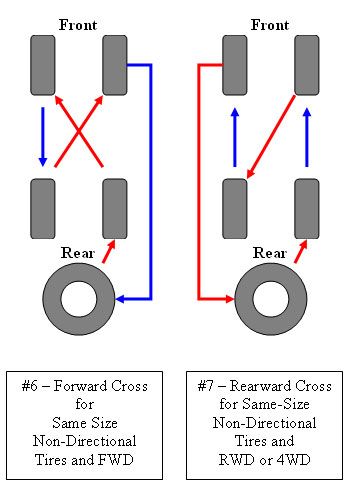
This type of rotation allows you to extend the life of the wheels by about 20%, but in reality this method is almost never used: many modern cars either do not have a spare wheel in the trunk at all, or use a small one as it "Document".
And even if your car is equipped with a full-size spare wheel, in practice it usually differs either by tire model or wheel type. However, if the spare tire is completely identical to the wheels installed on the car, then rotation in this case can be extremely useful.
When the rubber has served its due date, it is better to change the entire set at once, then the replacement will not have a negative impact on the car's handling.
In addition, new tire models constantly appear on the market that improve the performance of their predecessors. Replacing the whole set allows you to keep up with modern tire technology, and not be content with yesterday.
On machines with rear or four wheel drive, changeover is carried out crosswise towards the front axle (fig. C) or also in a cross pattern (fig. B)
For tires with a directional tread pattern, use the diagram in (fig. D) )
For non-directional tires, if different tire sizes are fitted on the front and rear axles, use the pattern shown in (fig. E)
X-Ice North 3, Latitude X-Ice 3, Alpin 5 etc.). Rotation with directional tires mounted on disks can be done in only one way: by swapping the front and rear wheels, i.e. the front left wheel in place of the rear left, the front right in place of the rear right.
This type of tread pattern is mainly found on off-road and commercial tires. In the MICHELIN line, for example, the Agilis and Latitude Tour HP tire models are of this type. The rotation of tires with a symmetrical tread pattern is exactly the same as the method described above for asymmetric non-directional tires.
The front right wheel is removed in place of the spare tire, the spare wheel is installed in place of the rear right wheel, the rear right in place of the front left, the front left in place of the rear left, the rear left in place of the front right.
The rear wheels are moved to the front axle (the right rear wheel is replaced by the right front wheel, the left rear wheel is replaced by the left front wheel), while the front wheels are replaced by the rear wheels diagonally (the right front wheel is replaced by the left rear, left front - in place of the right rear). This method is suitable for cars with rear and all-wheel drive.
The front wheels are installed in place of the rear wheels (the right front wheel is in place of the right rear wheel, the left front wheel is in place of the left rear wheel), and the rear wheels, in turn, are moved to the front axle diagonally (the right rear wheel is placed in place of the left front, left rear - in place of the right front). This method is for front wheel drive vehicles.
This method is for front wheel drive vehicles.
The figure shows the sequence of actions for different drives, tire types.
According to the scheme, the replacement is carried out in this way.
Front wheel drive:
For rear wheel drive, the tire change is the same as the instructions for the front drive axle. In the case of 4x4 cars, all slopes are rearranged diagonally.
If rubber with an asymmetric tread is used, the changeover is carried out exclusively in parallel. Front to back and vice versa.
The correct wheel swap pattern is important, in this case the rubber will wear out more evenly. Let's look at how to properly rearrange tires. In fact, there are different ways to quickly, efficiently rearrange tires.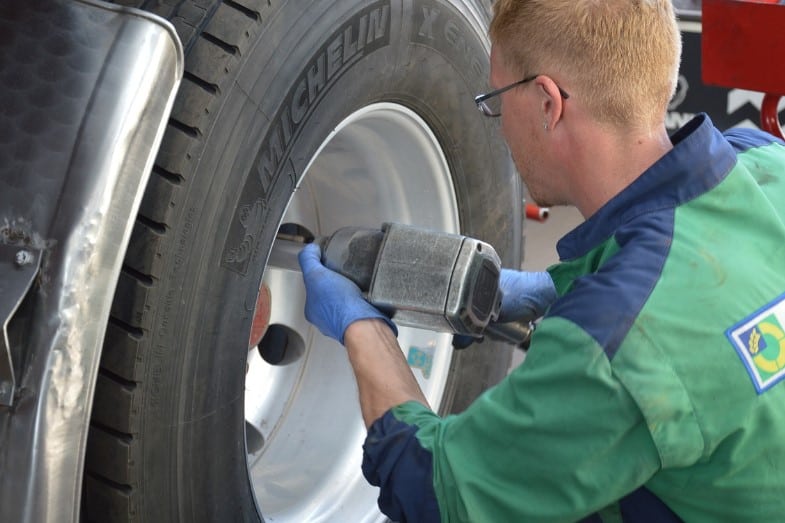
• Crossed. It is considered the simplest, most reliable. In this case, the tires change diagonally. It must be taken into account that this method may not be used on all cars.
• Parallel. Another simple method, its feature is the rearrangement of wheels on one side.
• Cross-parallel. The method combines two methods at once, from one axis the wheels move diagonally, from the other axis strictly parallel.
All methods are suitable for symmetrical non-directional tires. In some cases, some of the methods are not applicable.
There is another method using the spare wheel. Let's take it apart in order.
• The spare wheel is mounted on the left side of the rear axle of the vehicle.
• The rear left tire is moved to the front axle on the right side as the vehicle moves.
• The right front tire moves backward on the same side.
• The rear right tire is mounted on the left side of the front axle.